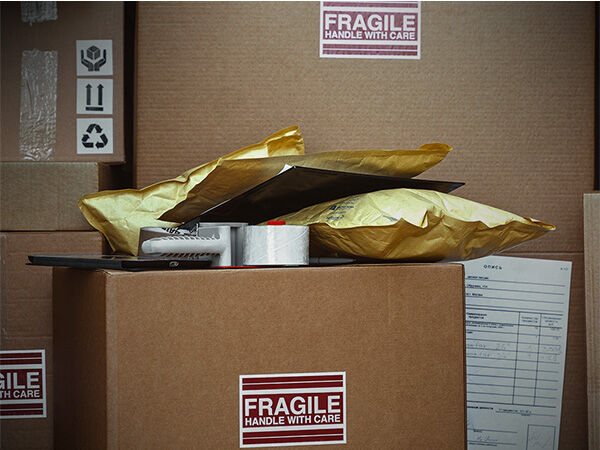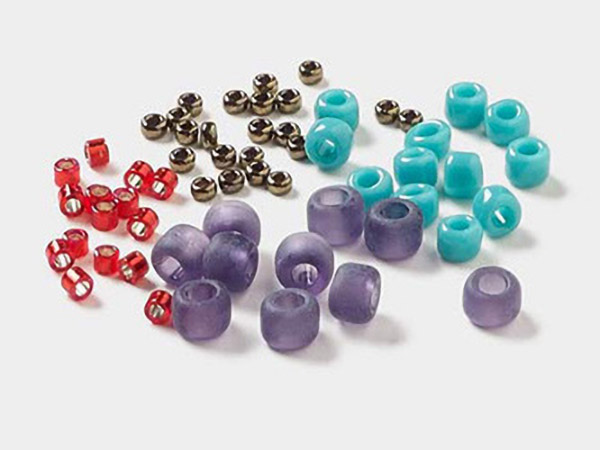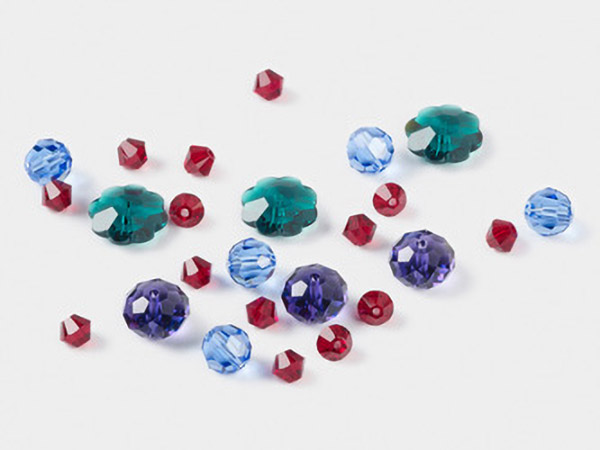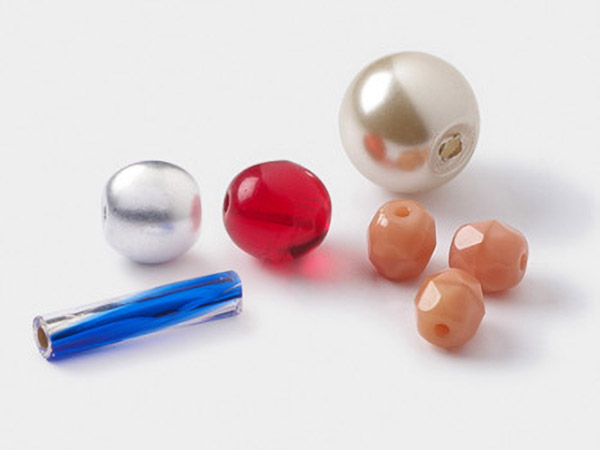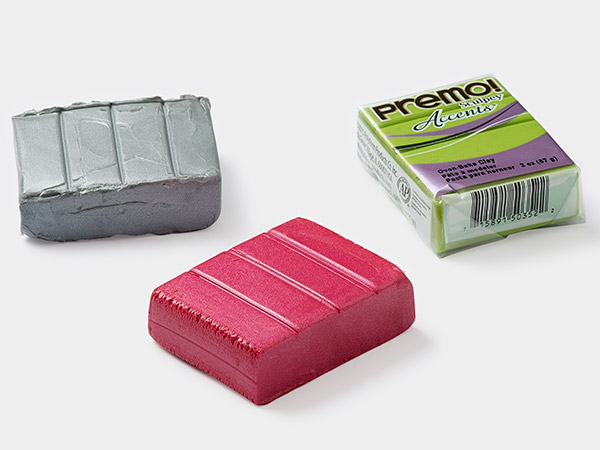Supply Chain Issues: How to Navigate Them and Get What You Need
We've heard it from many designers: things were going alright during the first year of the pandemic, but now getting jewelry-making supplies is a struggle. More than a designer's issue, interruptions in the supply chain have affected vendors, manufacturers and shippers of jewelry components. What can be done to alleviate these issues? Read on for an in-depth explanation and tips on how to navigate these issues from KC, the Senior Manager of Fire Mountain Gems and Beads' Product Management department.
The Big Picture

To navigate supply chain issues it's important to understand what is going on. Because many jewelry-making items come from around the globe, product availability has been affected in waves. When COVID-19 first broke out in China, factories shut down and shipping was cut off, alerting the Fire Mountain team that changes were coming. As the virus moved throughout Asia and Europe, product lines took serious hits. "All of a sudden you couldn't get chain and Italian findings," says KC. "It went through China and you couldn't get any plated findings, then it went through India so gemstones and sterling silver were impacted, it hit the US so polymer clay was impacted. There were a lot of different delivery issues based on where COVID was hitting."
"Many places have been shut down or working at reduced capacity for over a year" according to KC. That can make it difficult, or even impossible, to get specific components. Despite vaccine rollouts, plexiglass shields and other safety measures, re-opening factories and shipping companies isn’t easy. "The recovery of those followed a similar wave--as people recovered and safety measures were put into place, the factories partially reopened and provided product until the second wave hit and closed everything down again."
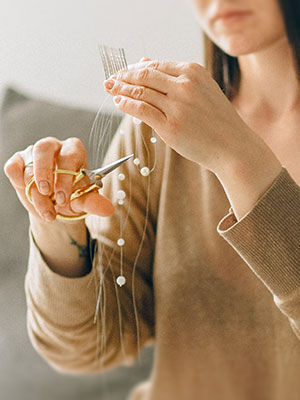
Many jewelry-makers, vendors and artisans are experiencing shipping issues related to the pandemic as well. This was one of the most surprising effects to KC. "Items that were shipped to us several months ago still haven't arrived--they're still sitting on boats at major ports." The spread of COVID-19, worker shortages and a lack of shipping containers and supplies have dramatically lengthened transport times and costs, both for vendors and designers.
When considering factory issues and shipping delays caused by COVID-19, it's imperative to consider the human element of jewelry creation. Many of those in the jewelry supply business personally felt the effects of the pandemic, from major financial setbacks to the death of a loved one or employee. Several of the vendors that FMG receives products from went out of business. A few of our skilled artisan partners passed away, some taking their craft with them. "We've had a lot of tragic stories," KC notes. As KC and the rest of the Fire Mountain team search for new vendors and work with those still in business, our focus remains on the human element at the center of it all. "Forming positive relationships with your vendors and customers is key, especially during tough times."
What You Can Do
There are several ways you and your jewelry business can adapt to an uncertain market. The most important thing you can do is be creative! Applying your creative senses to sourcing products is key and can make the difference between success and stagnation. If you need a particular finding, create your own with wire and a wire jig or pliers. When you need an out-of-stock color of polymer clay, mix a custom shade with what’s available. Purchase ready-to-wear jewelry to take apart and re-purpose or organize socially distanced bead swaps within your community.
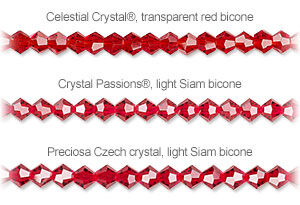
Another way to adapt is to be flexible. Fill in your inventory with closeout and Big Box Blowout items to stretch your dollar further while finding pieces that will work for your designs. Substitute a different size, color or brand if the one you usually use is out of stock. Japanese and Czech beadmakers have been operating throughout the pandemic--use their products in place of other glass, crystal, and seed beads. Staying flexible allows you to find close matches to your usual products and can help reduce stress throughout the buying process.
Uncertain times are ideal for learning new techniques and working with new materials, too. If you normally work with polymer clay, metal clay can satisfy your creative needs while working around product shortages. If you like to design with bead stringing, expand your skills by working with seed beads and learning new stitches. Wirework and metalsmithing share similar materials but offer varied opportunities for experimentation. Keeping a positive mindset and exploring new creative experiences can reframe this period as one of growth.
Taking advantage of Fire Mountain's customer-oriented features can also help you get what you need. "There's no guarantee it will stay in stock," KC notes, so it's best to order sooner rather than later and risk it selling out. It's also wise to take advantage of our back in stock notification feature, and when that notification arrives, act quickly. "We've seen products come into stock and sell out in the same day."
Navigating supply chain issues can be messy and complicated, but with these tips and a bit of searching, most jewelry-making items can be found or replaced with a similar product.
Shop for Your Materials Here:
Have a question regarding this project? Email Customer Service.
Copyright Permissions
All works of authorship (articles, videos, tutorials and other creative works) are from the Fire Mountain Gems and Beads® Collection, and permission to copy is granted for non-commercial educational purposes only. All other reproduction requires written permission. For more information, please email copyrightpermission@firemtn.com.
